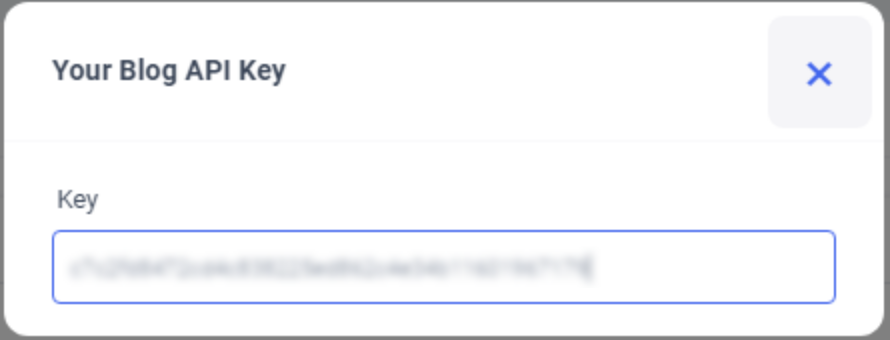How to connect a WordPress Blog
To publish content to your WordPress blog/website, you need to integrate it with the ContentStudio platform.
We have enabled three different ways to integrate your website into ContentStudio.
- Method 1: Using the Official WordPress Plugin (Preferred)
- Method 2: Wordpress API
- Method 3: Using XML-RPC
Follow these step-by-step processes and choose any method from those instructed below.
Before proceeding ahead, have a look at the following points to avoid any issues.
- Avoid Issues with Featured Image:
CPanel Users: Make sure you have the correct permissions for the wp-content folder. It should be the same as your web server. e.g (www-data for apache and Nginx)
Self Hosted or Managed Hosting: If you are using a self-hosted or managed WordPress, you need to make sure you have the correct permission for your web server.
By setting the correct permission, your features images will be uploaded to your blog without any problems. - WordPress Version: Your WordPress version should be 4.4 or above
- IMPORTANT: Security Plugin Conflicts; if you are using security plugins such as Wordfence, Jetpack, Sucuri Security, you need to whitelist IP addresses or disable those plugins. Please follow this link.
Method 1Using the Official WordPress Plugin (Preferred)
Follow this link to connect to WordPress using the official WordPress plugin if you already have the previous plugin (ContentStudio WordPress plugin downloadable) installed.
Note
Follow this link to connect to WordPress using the official WordPress plugin if you already have the previous plugin (ContentStudio WordPress plugin downloadable) installed.
If you are a new user please continue reading.
Activate the ContentStudio Plugin in WordPress
Connect WordPress in ContentStudio
API Key

Whitelisting IPs
The IP address for whitelisting: 116.203.138.107
Here's how to whitelist IP for WordFence.
Verifying the Connection
Method 2Wordpress API
The steps to follow for the second method are given below.

When the next page opens, click on the Upload Plugin button.

On the next page, you will be able to upload both the plugins one by one in the zip format. Click on Choose File to select the plugin file you downloaded earlier.

Once you have the first plugin file selected, click on the Install Now button to start the installation process.
Install both the plugins in the same way. Once you have both the plugins successfully installed, it's time to move onto the ContentStudio platform.

On the next screen, click on the Connect new WordPress blog/website, This will make a pop-up appear on your screen.

Once the pop-up appears on your screen. Fill in the required details.

- Enter the URL of your WordPress website in the first input box. Please follow the required pattern given and make sure to start it with http:// or https://. If your WordPress is installed in an inner directory, you will need to specify the exact homepage URL of your website. (For e.g, it can be like this: 'http://example.com/wp' for websites where WordPress is not installed in the root directory)
- In the second field, give your WordPress Username.
- Provide Password in the third input field.
- In the 'Choose Method for Content Submission', you have to select WordPress API
- Next, click on the Save button.
If you have entered everything correctly, your blog will be successfully connected and showing up in the list underneath, as shown in the below image.

Method 3 Using XML-RPC
The steps to follow for the third method are given below.
To confirm if XML-RPC is enabled on your website, you will see a message "XML-RPC server accepts POST requests only." as shown below.

If you see some other message, contact your host to get your XML-RPC enabled.
For this method to integrate your website, you do not need to install any plugins. But XML-RPC is known to cause connection problems so that is why it's not a preferred way.

The only difference is that in step #5, you have to select XML-RPC from the drop-down while choosing a method for content submission.
Happy publishing!















